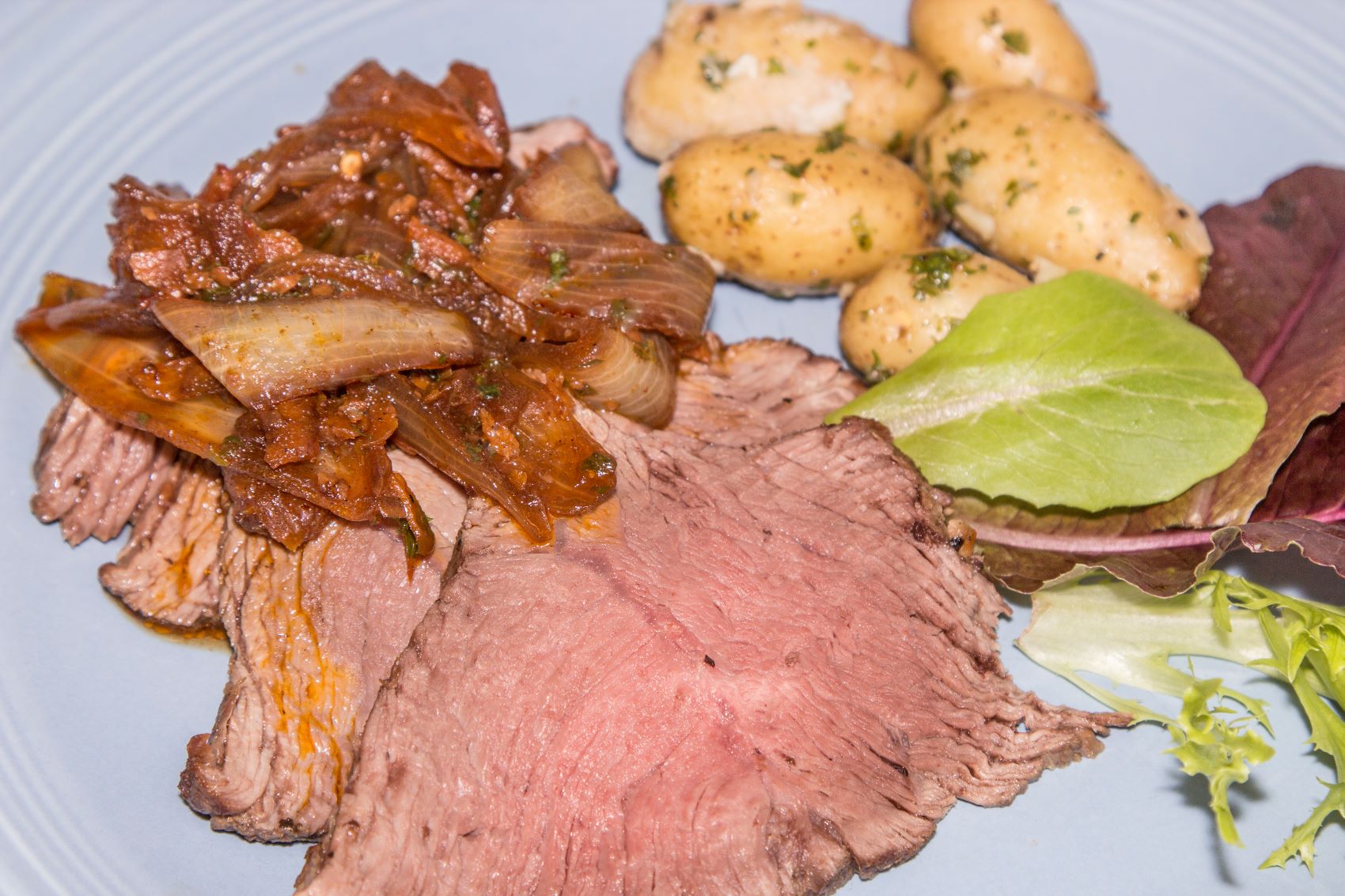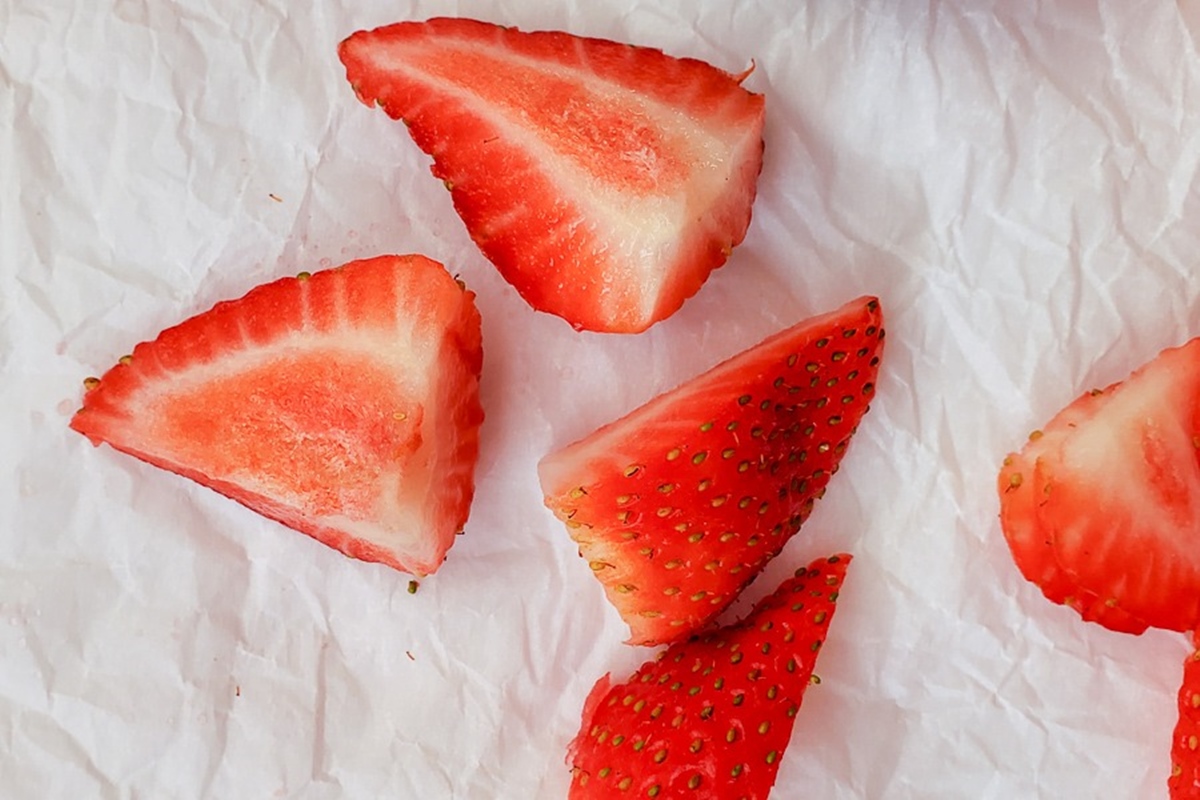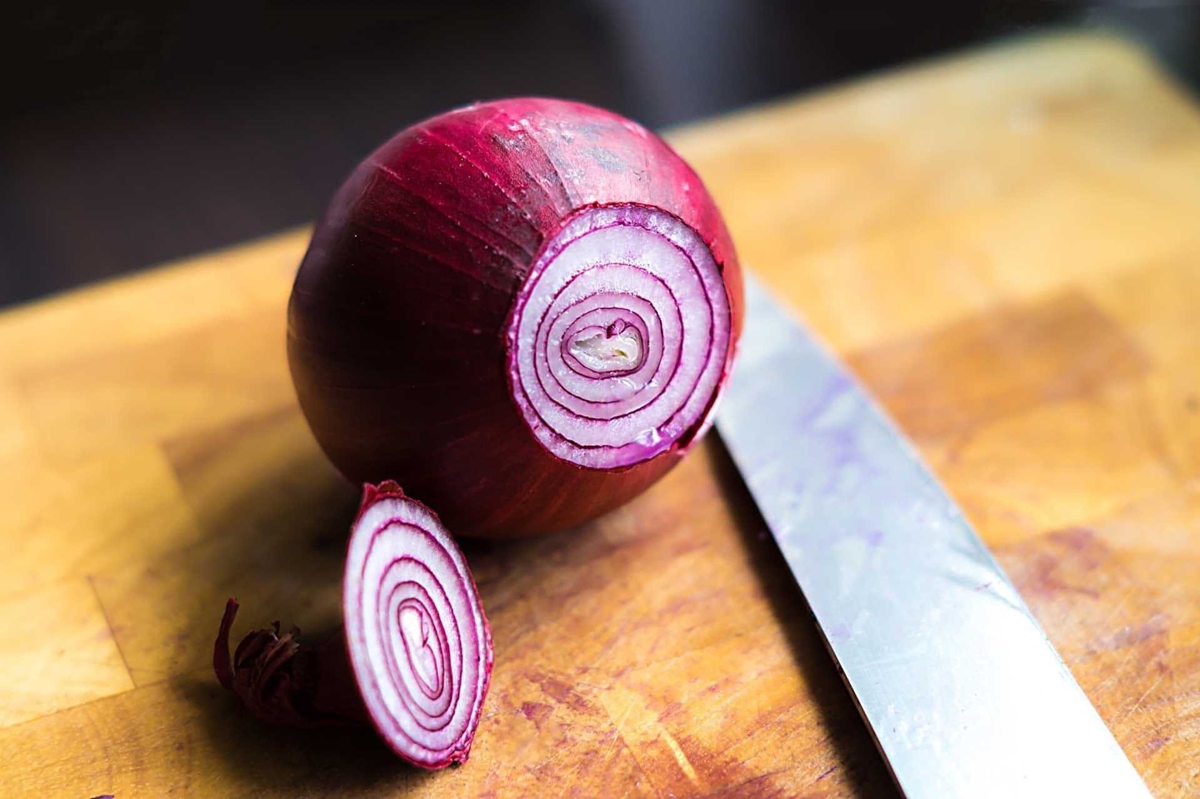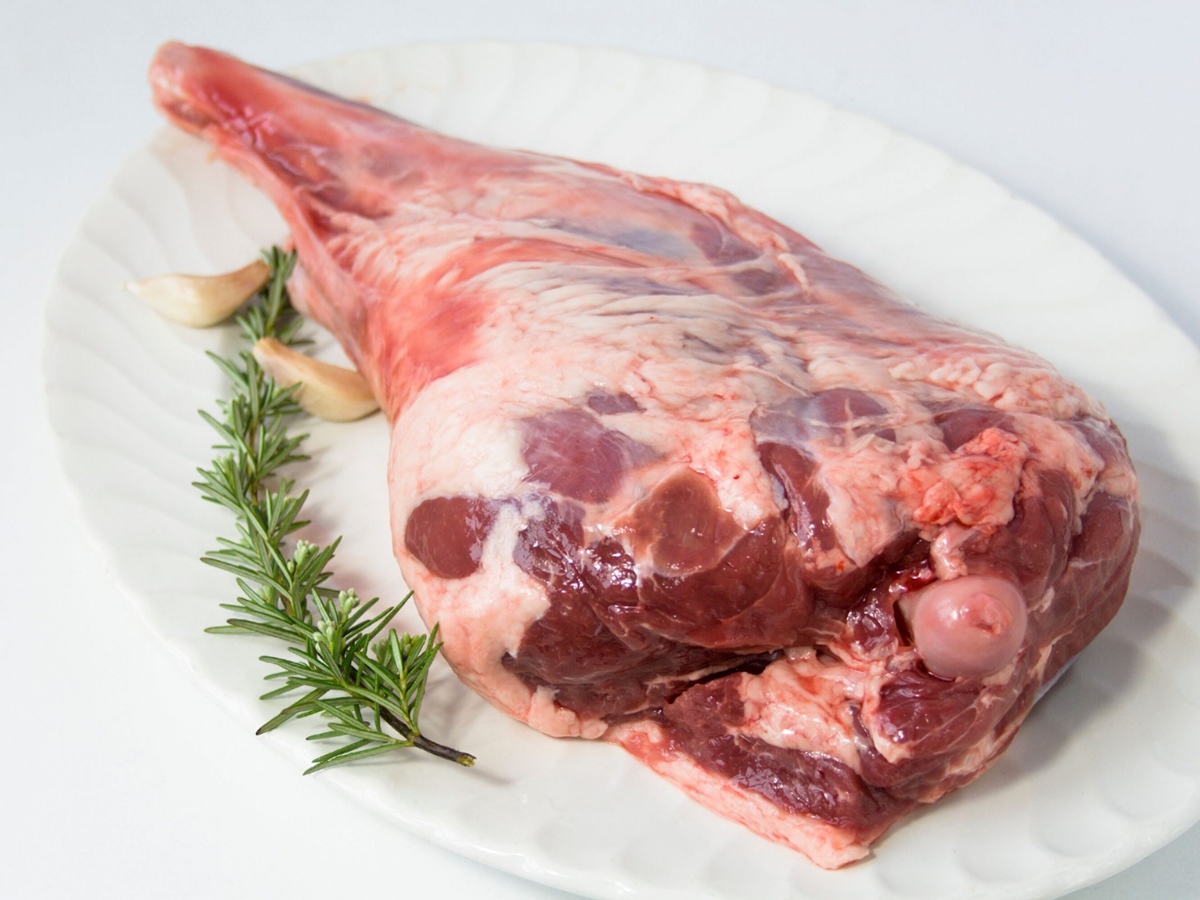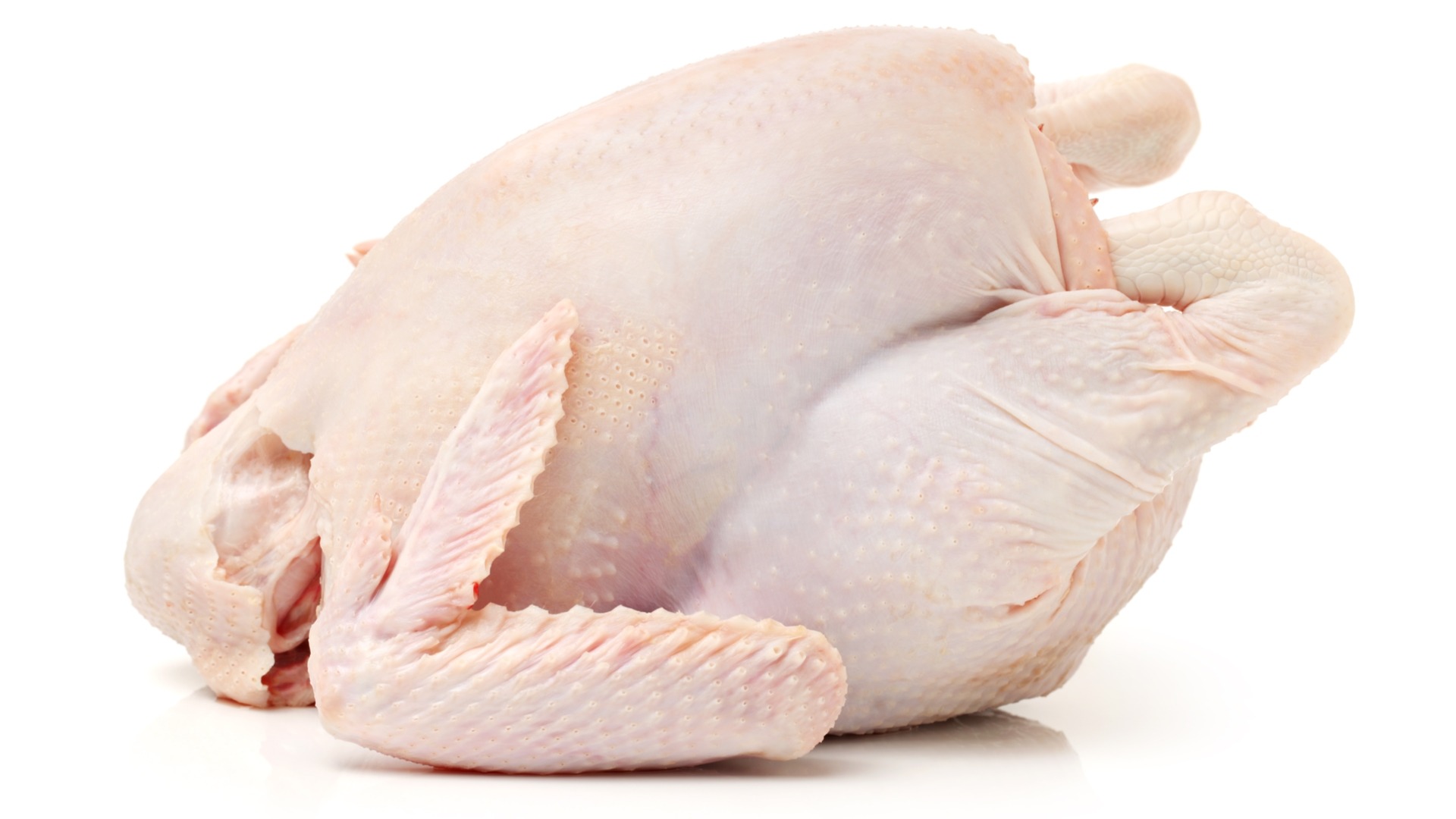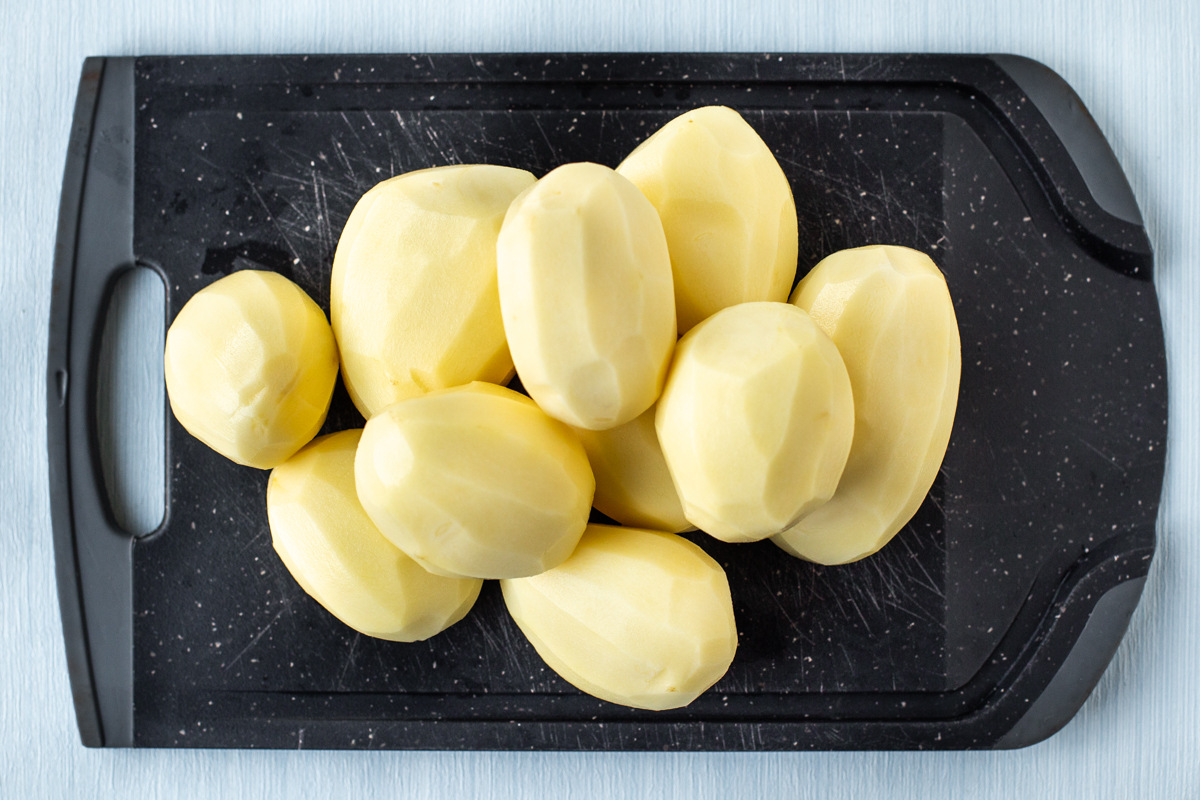How To Cut Tomatoes For Salsa: A Step-by-Step Guide
Tomatoes are an essential ingredient in many delicious salsas. Whether you prefer a mild or spicy salsa, the way you cut the tomatoes can make a big difference in the texture and overall flavor of your dish. In this guide, we will walk you through the best techniques for cutting tomatoes to help you achieve the perfect salsa consistency.
1. Choose the Right Tomatoes
When making salsa, it’s important to choose ripe tomatoes that are firm but not too soft. The ideal tomatoes for salsa are typically medium-sized and have a deep red color. Look for tomatoes that are slightly yielding to the touch.
2. Wash and Dry the Tomatoes
Before you start cutting, make sure to wash the tomatoes thoroughly with water to remove any dirt or debris. Once washed, pat them dry with a clean towel to ensure a good grip while cutting.
3. Remove the Stem
Using a sharp knife, carefully cut off the stem end of each tomato. This will create a flat surface and make it easier to cut the tomatoes evenly.
4. Cut the Tomatoes in Half
Hold the tomato with one hand and use a sharp knife to cut it in half from top to bottom. Apply gentle pressure to ensure a clean cut through the flesh from end to end. Repeat this step for all the tomatoes you plan to use.
5. Remove the Seeds
To avoid a watery salsa, it’s important to remove the seeds from the tomatoes. Take each tomato half and use a spoon or your fingers to scoop out the seeds and gelatinous pulp and discard them. This step will help ensure a thicker consistency in your salsa.
6. Slice or Dice the Tomatoes
Now that you have seedless tomato halves, you can decide whether you want to slice or dice them for your salsa. For a chunkier salsa, slice the tomato halves into thin strips, and then cut them crosswise into small squares. If you prefer a smoother salsa, dice the tomato halves into small, uniform pieces.
7. Season and Mix
Once your tomatoes are cut to your desired size, transfer them to a bowl. Season them with salt, pepper, lime juice, and any additional ingredients you like in your salsa, such as onions, garlic, cilantro, or jalapenos. Gently mix everything together to ensure an even distribution of flavors.
8. Let it Rest
Allow your freshly cut salsa to rest for about 10-15 minutes. This will give the flavors time to meld together, enhancing the overall taste of the salsa.
Now that you know how to properly cut tomatoes for salsa, you can create your own delicious homemade version. Experiment with different seasoning combinations and enjoy your salsa with chips, tacos, quesadillas, or as a topping for grilled meats. Get creative and customize your salsa to suit your taste buds!
- Choose ripe tomatoes that are firm but not too soft.
- Wash and dry the tomatoes before cutting.
- Remove the stem end of each tomato.
- Cut the tomatoes in half from top to bottom.
- Remove the seeds and gelatinous pulp.
- Slice or dice the tomatoes, depending on your preference.
- Season the tomatoes with salt, pepper, lime juice, and other desired ingredients.
- Mix everything together and let it rest for 10-15 minutes.
By following these simple steps, you’ll be able to cut tomatoes for salsa like a pro. Enjoy the fresh and vibrant flavors of your homemade salsa, and impress your friends and family with your culinary skills!
For those looking to master cutting tomatoes for salsa, there are several recipes to try that will put this skill to good use. The Classic Tomato Salsa Recipe is a great starting point, offering a simple yet flavorful way to enjoy fresh tomatoes. For a bit of heat, the Spicy Tomato and Jalapeno Salsa delivers a kick that will wake up your taste buds. If you prefer something more refreshing, the Tomato and Cucumber Salsa is perfect for a light snack or side dish. For a unique twist, try the Tomato and Mango Salsa, where the sweetness of mango complements the acidity of tomatoes beautifully. Finally, the Roasted Tomato Salsa adds a depth of flavor that only comes from roasting tomatoes to perfection. Each of these recipes showcases the versatility of tomatoes and highlights how proper cutting techniques can enhance the final dish.
Was this page helpful?
Read Next: How To Cut Eggplant For Eggplant Parmesan
